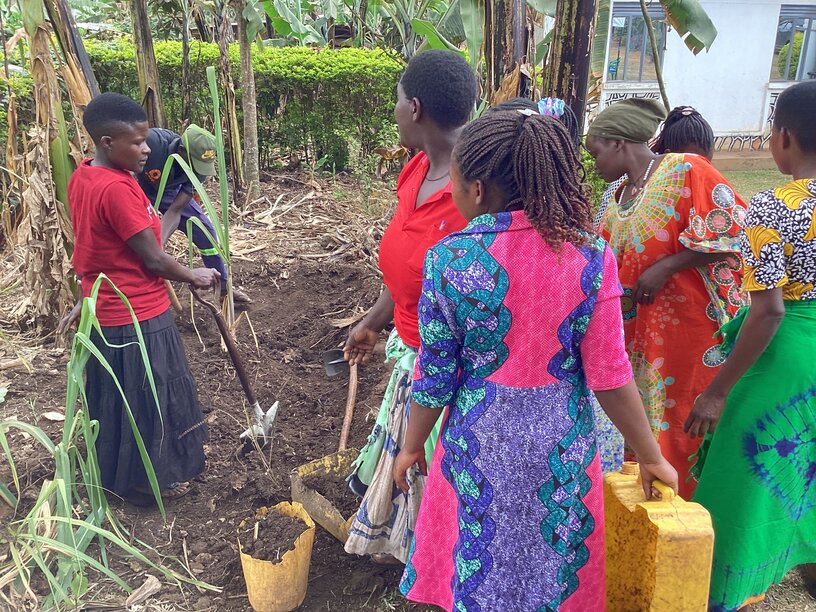
For too long, climate programs have been designed and delivered by outsiders. But what many of those programs miss is a simple truth: local people know best.
The challenges facing communities in Fort Portal and Kabarole are deeply connected to the daily lives, traditions, and livelihoods of the people who live here. That’s why locally led solutions are the foundation of lasting change.
When floods damaged the riverbanks of a farming village in Kabahango, it wasn’t international agencies who first responded—it was the community members themselves. They gathered stones and planted indigenous grasses along the riverbanks to slow erosion. What started as a small initiative soon caught the attention of local leaders, and together they formalized the effort, planting trees and reinforcing the area with natural barriers.
This is what works: solutions built by the people, for the people. It’s not just about environmental conservation—it’s about community ownership.
Locally led approaches build trust. They respect the cultural knowledge of elders. They empower women and youth to lead. And they create feedback loops where communities can assess what’s working, adjust their strategies, and ensure that everyone benefits.
Beyond that, local solutions are often more cost-effective and more sustainable. Instead of relying on expensive external technologies, communities use locally available materials, indigenous plant species, and traditional knowledge combined with modern innovations.
At the heart of all of this is a simple philosophy: Nothing for us, without us.
If we want to build a resilient, sustainable, and just future for Uganda, we must start by trusting and equipping local people to lead the way.
When communities lead, everyone wins.
